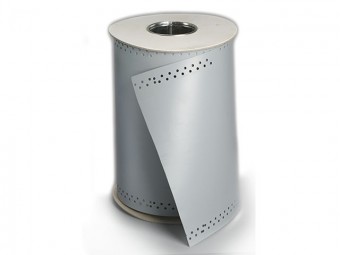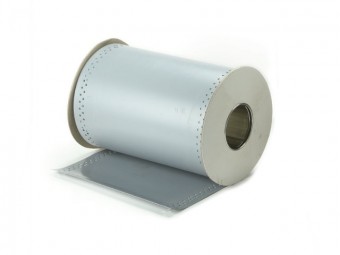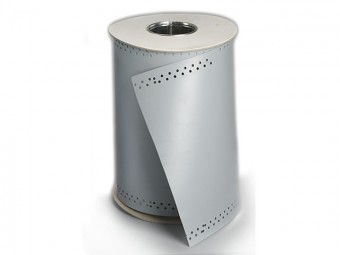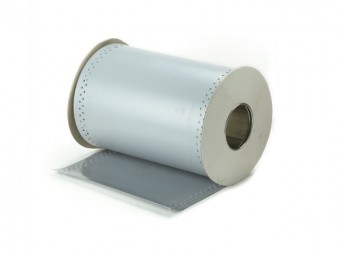Special waterproofing materials help to reliably seal seams at construction sites and in structures made of concrete and reinforced concrete. The use of suitable waterproofing ensures high durability of monolithic structures.
The condition for the effectiveness of sealing joints and a long service life of facilities is the use of high-quality materials for sealing and timely performance of specialized work.
The necessity of this process is dictated by the unevenness of the cracks at the joints between the panels of buildings, it is obvious even at the stage of construction.
This article will introduce you to the specifics of this type of construction work and provide information about relevant materials for its implementation.
The essence and features of the technology
The term "joint sealing" is understood as filling in the gaps between various, in particular, building materials that take place at the junctions of parts of the structure – concrete, metal, brick, wood, etc.
Sealing gives the seams water resistance, makes them airtight, prevents dust and other foreign substances from entering the joint zones.
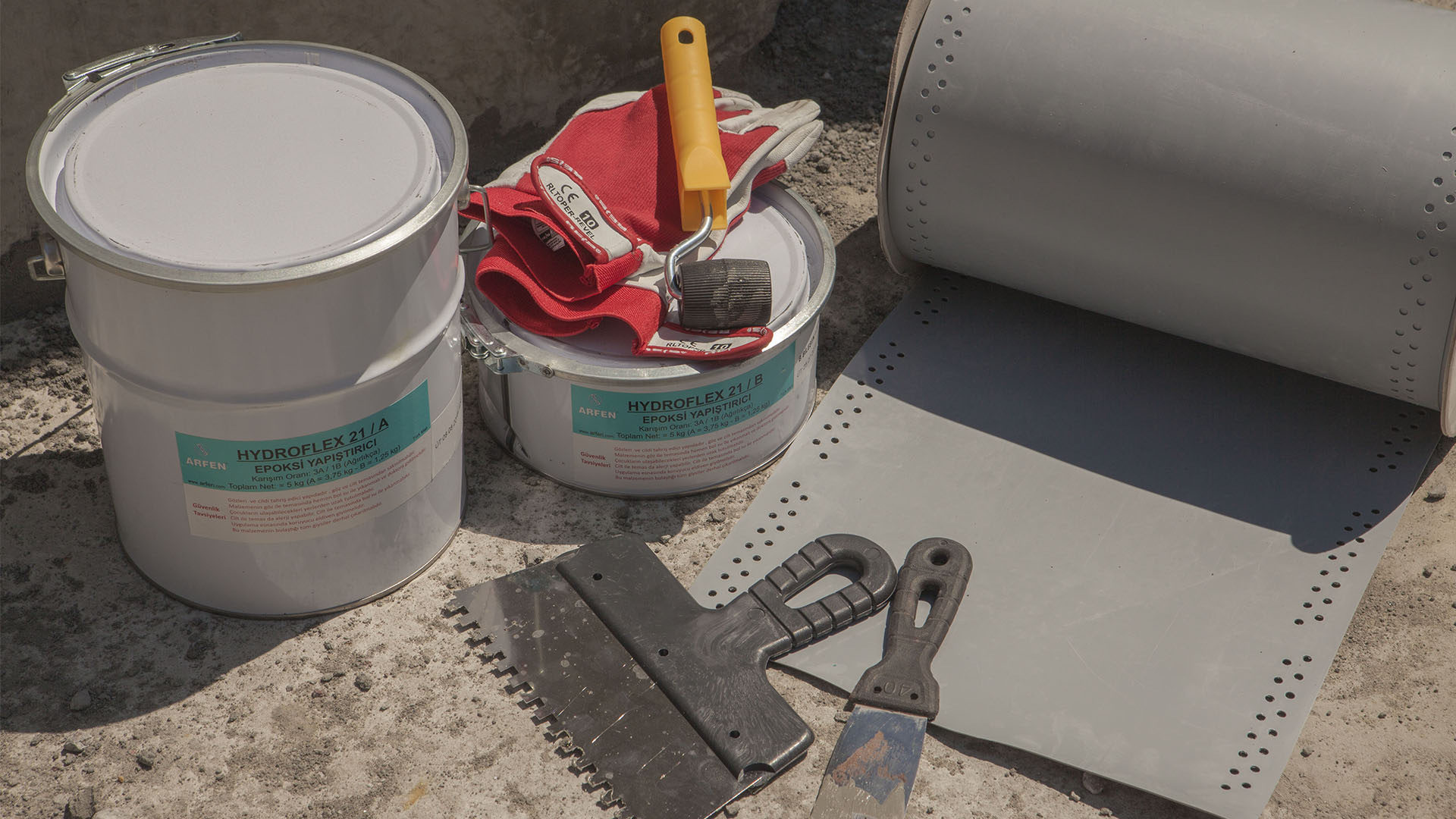 They choose the means for such a process, taking into account the operating conditions of the facilities and the building materials that need to be connected.
They choose the means for such a process, taking into account the operating conditions of the facilities and the building materials that need to be connected.
Most often , the following types of sealants are used for this:
- silicone
- polyurethane
- acetyl
- bituminous mastic
Before proceeding to sealing the seams, the work surface is prepared, cleaned of dirt. At the preparation stage, they use grinding tools, alcohol, detergents.
After that, a sealant is applied to a clean, dry seam with the help of special tools. The most common option is a sealing gun.
The product applied in this way is smoothed – with a finger or with the help of other tools. This substance must remain on the surface until cured.
Sealing of seams is considered an obligatory component of construction work. This process ensures the preservation of heat in buildings and their necessary protection from the effects of potentially hazardous environmental factors.


